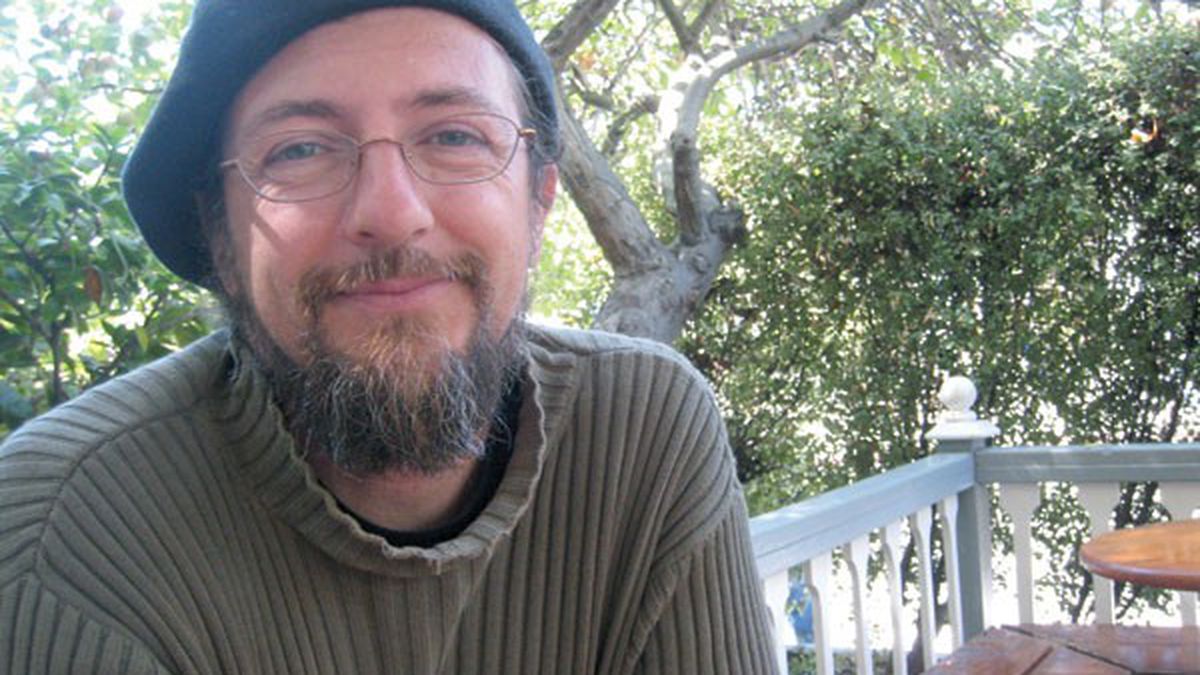In California’s wine country, early spring paints the vineyards and fields with the chrome yellow of wild mustard. According to legend, this weedy wildflower, Brassica campestris, was brought to the New World by the Franciscan missionaries, who sowed it along the trails. Its spicy leaves perk up a salad and infuse vinegar with a kick. And oil from its seeds may soon power the buses of Monterey-Salinas Transit (MST).
In February, MST inked a deal with Monterey County’s San Bernabe Vineyards to grow two varieties of mustard on 30 acres to see which does better. It’s a first step to a biodiesel fleet running on locally produced fuel.
The big idea of using this ubiquitous weed for fuel came to Robert van Buskirk when he was researching alternative fuel crops for Africa. Van Buskirk’s day job is analyzing energy for the Lawrence Berkeley National Laboratory.
“I’m the person doing the numbers behind your more energy-efficient washer,” he said. Van Buskirk’s career has led him from a Ph.D in computational physics from Harvard, to consulting on Native American water rights, to East Africa and China’s boom-and-bust computer industry. In 1999, he landed back in Berkeley, but never escaped the gravitational pull of Africa.
“If you have a small African country with a big renewable energy source, how would you export it?” he wondered. “You’d have to turn it into oil. In Africa, there’s very little money for doing research, and I concluded I needed to look at researching this in California.”
Van Buskirk checked in with his uncle, Ken Kimes, proprietor of New Natives, one of the first organic farms in Santa Cruz. Kimes introduced him to Larry Jacobs, who runs Del Cabo Farms, a network of organic farms in Baja, Mexico.
“We all had the instinct that there was going to be an environmental disaster, so the folks who wanted to do agriculture and biofuels more sustainably had to get organized and had to come up with an alternative,” Van Buskirk said. In April 2006, they formed Farm Fuels, Incorporated (FFI), to come up with an alternative that was sustainable, locally grown, and contributed to the whole farming system. Research quickly led to wild mustard. By that fall, they’d planted more than 100 acres at organic farms scattered around the area.
Because mustard can be grown as a cover crop in the winter, it doesn’t necessarily displace food or feed crops, the way that corn used to produce ethanol caused a food shortage this year. Farmers can get an additional harvest from the same field, generating extra income while improving the soil. This economic incentive has helped lure other farmers to cooperate with FFI by growing mustard.
FFI also consulted with Monterey-Salinas Transit about its conversion to mustard-seed biofuel, and helped it connect with partners that could press, process, and distribute the oil. This highly local project is just the kind of thing the start-up hopes to foster.
“The questions for us in California are, how economical will it be and is there a good business model for using land that way?” Van Buskirk said. In FFI’s tests, when a farmer plants mustard as a fallow crop, it yields about 40 gallons of biodiesel per acre, which would sell for about $100, not really enough to make it worth it. So a key to that potential business model is the happy fact that the by-products of mustard seed don’t stop with biofuel. After the oil is pressed out, the resulting seed meal could be valuable to farmers. “Spices are a plant’s natural pesticide,” Van Buskirk said. “And the protein in the meal is the food for the baby plants. So it’s a combination pesticide and fertilizer.”
FFI is testing how much meal to apply for the best results, and it hopes to have a pre-commercial product available for the next growing season. While mustard seed meal probably won’t replace the tons of methyl bromide used to fumigate strawberry fields in the Central Valley, it could be a boon to organic farmers who try to build healthy soil. And it could be as cheap as, or cheaper than, the fertilizers they now buy.
Van Buskirk acknowledges that this initiative will not be enough to get the United States off petroleum. FFI’s ambition is to eventually replace about 2 percent of California’s diesel fuel. Europe has reached this level of biofuel production using rapeseed oil, known here as canola oil; rapeseed is a close relative of mustard. So, it probably can be done, he thinks.
“We’re at the stage where solar panels were at in the 1970s,” he added. “If you’re a farmer or someone with a bit of land, you now have a way of growing your own fuel. Twenty years from now, how that evolves, I can’t predict.”
In the short term, mustard-seed fuel has a place as part of a healthy and efficient farm’s system, according to Van Buskirk. Ideally, the farmer uses chicken manure and waste vegetation to fertilize the soil, growing food crops for most of the year, and mustard in the winter. The mustard takes up any leftover nitrogen in the soil and stores it in its seeds. The farmer squeezes the oil from the mustard seed to run the tractor that plows the fields for the next season’s crops, and replaces the nitrogen in the soil by spreading the seed meal on the fields.
“It becomes a way of recycling the energy in your system that allows greater self-sufficiency,” he said. “It’s not meant to become a massive resource replacement in an unsustainable industrial society framework.”
Van Buskirk hasn’t forgotten about Africa, although he no longer thinks biofuel makes sense there. So, he started Village Projects International to invest in simple things that make a big difference, like better wood stoves and solar lighting. It’s just another side project — and still another big idea.














